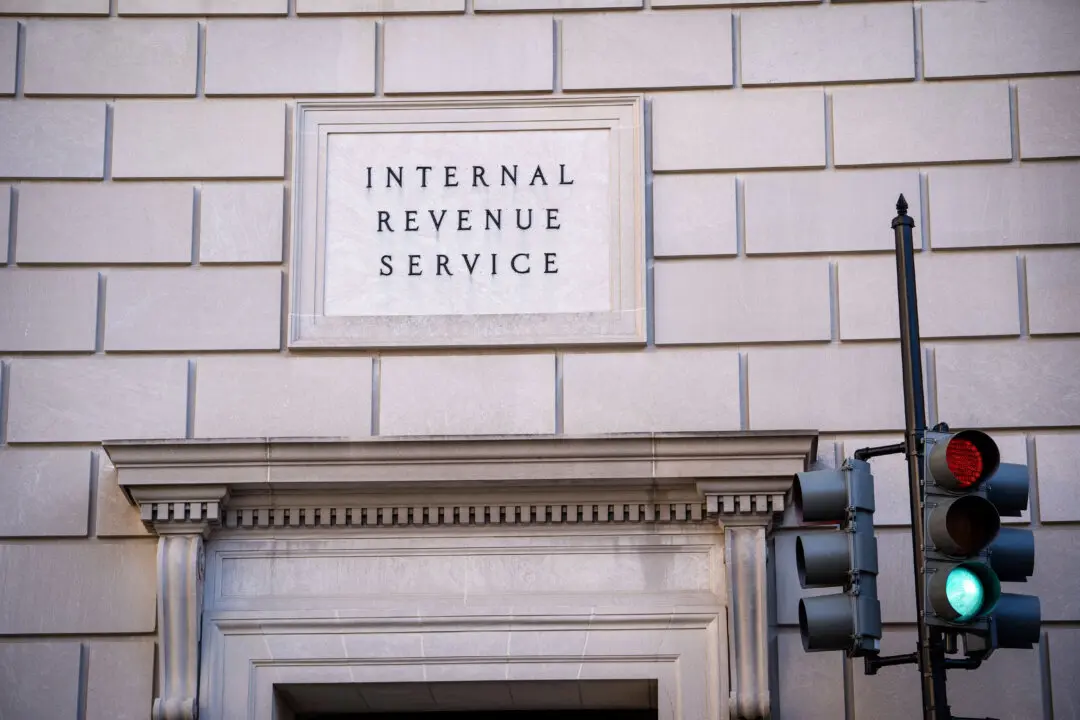Americans who filed their tax returns and claimed the Earned Income Tax Credit (EITC) should expect to receive these refunds next month, according to the IRS.
Most refunds for EITC and Additional Child Tax Credit (ACTC) “should be available in bank accounts or on debit cards by March 3 if there are no issues with a taxpayer’s return and they chose to receive their refund by direct deposit,” the agency said in a Jan. 31 statement.





